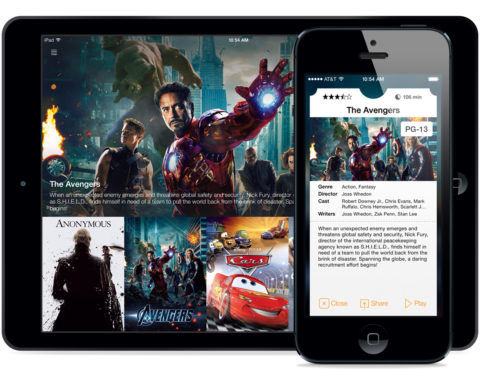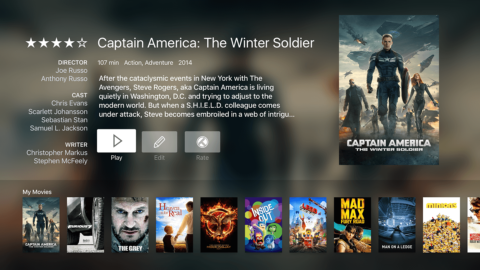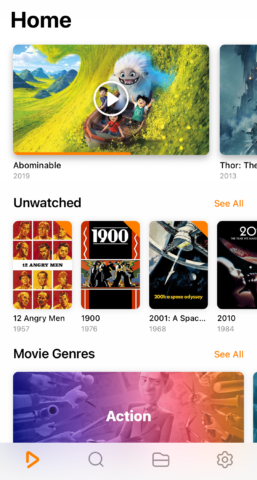An app that let you catalog and watch your TV and movie collection – wherever it was stored
In this entry in our series on classic apps, we explore an app that kept you glued to the small screen.

The original Infuse, for iPad.
What was Infuse?
In short, a video player. But whereas Apple’s built-in option limited you to a narrow set of formats, Infuse would deal with anything you threw at it – and transcode files on-device. This meant you didn’t need to use a PC or Mac to first convert a video into a format your iPhone or iPad would accept.
Why was it a classic?
The Infuse team evolved the app at breathtaking pace to incorporate user wishes. Within four months, there was AirPlay support. Within eight, streaming, which meant you no longer had to store videos – often huge files – on your device to play them. Later, we got a native Apple TV app and cross-device sync. Throughout, Infuse offered a best-in-class interface and first-rate subtitles.
Where is it now?
Creators Firecore continued to evolve Infuse over the years, giving it countless interface and performance improvements, and making sure it supported the latest devices and formats. The latest version is a generous freemium app, only gating specific features – some formats; AirPlay; cloud storage access; library sync – behind payment.
Visit the Infuse website or get Infuse (free or $0.99/79p per month) from the App Store.
Q&A: A brief history of Infuse
We speak to Firecore founder James Abeler about the app’s background and highlights.
What was the genesis of Infuse?
James: The idea came about from years of developing apps and plugins for the first- and second-generation Apple TVs, which we bundled together as aTV Flash. The most popular part of the bundle was the media player plugin – many people had a strong desire to build and maintain their own video libraries.
What challenges were you trying to solve with Infuse?
Historically with Apple devices, playback of iTunes-compatible files was good – but playback of non-compatible files via third-party apps was hit-and-miss. Our goal was to provide a single app that could handle media synced through iTunes and non-native media types – all following the famous Apple mantra of ‘it just works.’ This was coupled with automated library organization and metadata/artwork fetching. Such features were rare in video players at the time, and transformed long lists of boring file names into something engaging.

Infuse 2 embraced iOS 7 minimalism.
What are your thoughts on the shift from watching TV to viewing shows on devices? How did Infuse fit into this?
Infuse was first released for iPhone and iPad in 2013, because it was clear these devices would play a huge role in how people enjoy content. Before Infuse, there were limited options for a solid video player on Apple devices – most had shortcomings that lead to frustration.
Our prediction was right. Since 2013, we’ve seen video consumption on mobile devices explode – and Infuse has grown right alongside.
How has Infuse evolved, and what have been your toughest challenges?
Over time, Infuse naturally added support for more streaming options, to let people access their videos wherever they keep them. This includes popular cloud services, media servers, remote web servers, and local PCs, Macs and NAS devices. In late 2015, we released Infuse for the fourth-generation Apple TV – the first to feature an App Store. And in mid-2021, we released a version for Mac.
The biggest challenges come from the endless combination of video format variances, streaming sources, and network speeds, which can have a big impact on playback quality. These constantly moving targets keep us on our toes as we work to keep everything in balance with each release.

Infuse 4 came to Apple TV.
Infuse is now on version 7. Why has your app lasted? And what do you consider the most important features in the latest release?
Infuse is constantly being developed to take into account how user needs are changing, and other feedback we receive. Support for the latest video standards and codecs – such as Dolby Vision and HDR10+ – is also being improved and refined with every release as these formats become more widely used. Because of this work, Infuse can handle almost any video file ever created, removing the uncertainty and headache people faced over the years when dealing with videos of varying age and quality.


